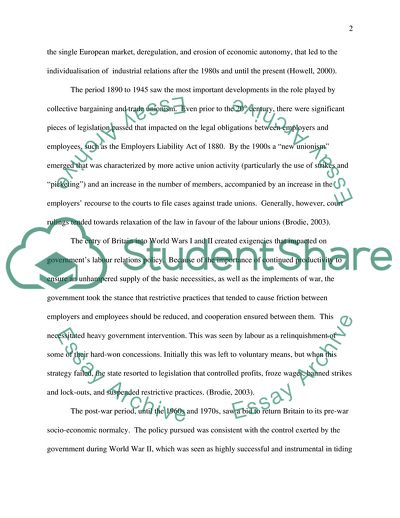Cite this document
(The Dynamics of Employee Relations Coursework Example | Topics and Well Written Essays - 2250 words - 1, n.d.)
The Dynamics of Employee Relations Coursework Example | Topics and Well Written Essays - 2250 words - 1. https://studentshare.org/human-resources/1748006-the-dynamics-of-employee-relations
The Dynamics of Employee Relations Coursework Example | Topics and Well Written Essays - 2250 words - 1. https://studentshare.org/human-resources/1748006-the-dynamics-of-employee-relations
(The Dynamics of Employee Relations Coursework Example | Topics and Well Written Essays - 2250 Words - 1)
The Dynamics of Employee Relations Coursework Example | Topics and Well Written Essays - 2250 Words - 1. https://studentshare.org/human-resources/1748006-the-dynamics-of-employee-relations.
The Dynamics of Employee Relations Coursework Example | Topics and Well Written Essays - 2250 Words - 1. https://studentshare.org/human-resources/1748006-the-dynamics-of-employee-relations.
“The Dynamics of Employee Relations Coursework Example | Topics and Well Written Essays - 2250 Words - 1”. https://studentshare.org/human-resources/1748006-the-dynamics-of-employee-relations.


